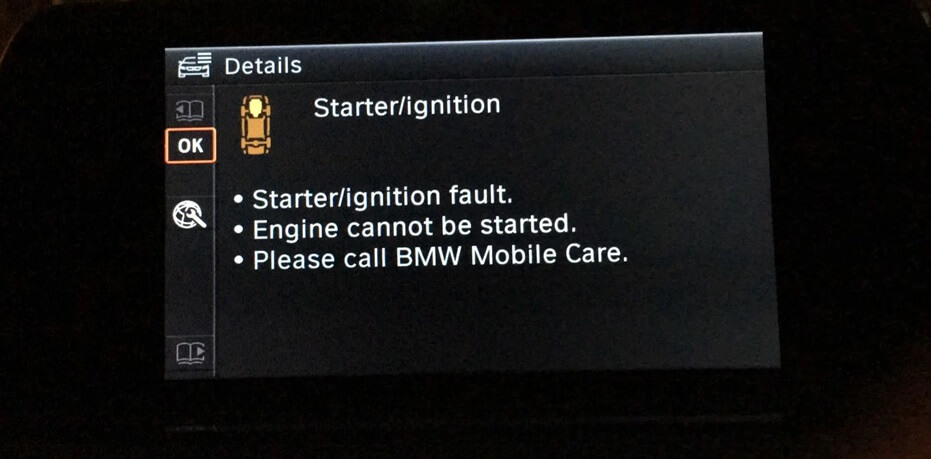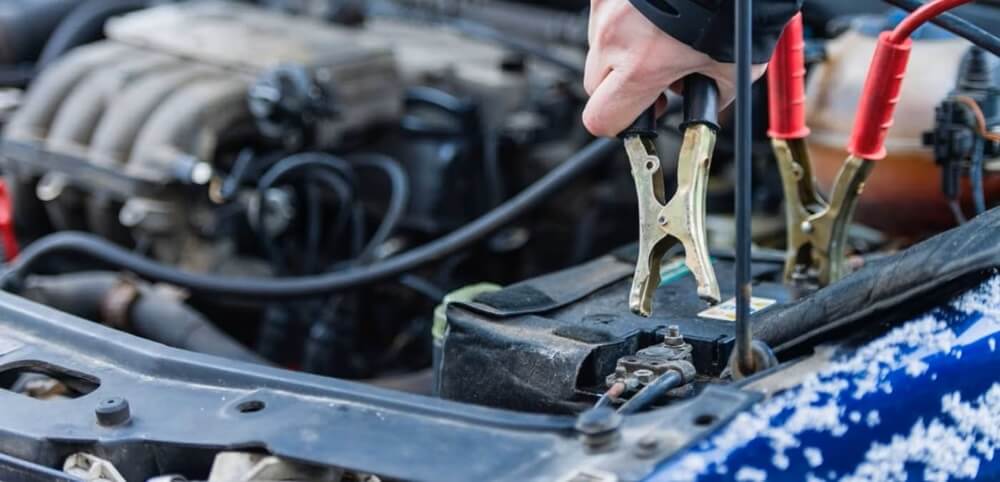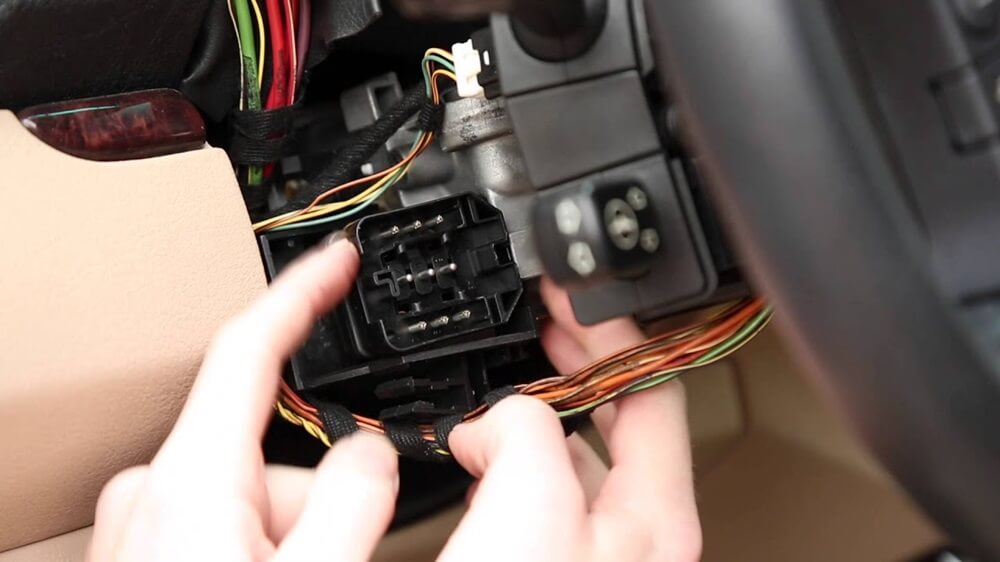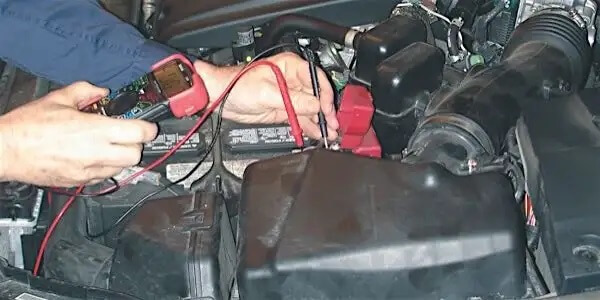BMW is one of the top-quality brands in the automotive industry as it is known for its performance, comfort, and modern technology. It has successfully produced a series of vehicles each having innovative features and design. But just like any other electronic components, BMWs may experience certain malfunctions.

One such problem that is occasionally encountered by BMW enthusiasts is the starter ignition problem that prevents the engine from working efficiently. In this comprehensive article, we will have a deep look into various ignition problems in BMW models with a special focus on 1 Series, 3 Series, 4 Series, X1, X5, and some variants including the F20, 328i, 320d, and F30.
What Are The Symptoms Of The Ignition Fault On A BMW?
1. Engine Cannot Be Started:
One of the evident signs of ignition fault is that the system will be unable to start the engine. Hence we cannot move the car by turning the key on or pressing the start button.
2. Malfunction Messages:
A common BMW model has modern diagnostic systems installed in it that give a signal to the driver in case of a faulty ignition system by displaying a warning message on the dashboard.

3. Clicking Sounds:
if you experience a clicking sound when you are trying to start the engine, it shows that the starter is trying to work but is unable to perform the task successfully.
4. Dimming Interior Lights:
When trying to start the engine, you might notice a dimming of the interior lights as the starter takes power from the battery. This happens if the battery is weak or if there is a problem with the starter.

Why Is My BMW Not Turning On?
BMW might not turn on due to several reasons and one common reason is a defective starter.
1. Starter Motor Issues:
If the solenoid or starter motor is damaged, it will stop the rotation or working of the engine leading to no start condition.
2. Weak or Dead Battery:
If your battery is weak or if it is dead it causes insufficient power supply to the starter which may not work. It is advised to inspect the batteries regularly and replace them when needed.

3. Ignition Switch Problems:
If the ignition switches are defective, the electric flow will be affected as a result the engine might not switch on.

4. Faulty Starter Relay:
The main function of starter delay is to transmit power to the starting motor. A faulty relay may prevent the engine from starting.
5. Fuel Delivery Issues:
A no-start issue may arise because of insufficient fuel delivery, which is caused by the malfunctioning of a fuel pump or similar components.
Similar Posts:
- Maint Reqd Light
- Transmission Hot Wait 5 Minutes
- Why Are My Parking Lights Stay On When Car Is Off?
- FCW System Failed
- Renault Braking System Fault
3 Main Steps to Diagnose Starter Ignition Issues:
1. Battery Check:
The first step to resolve the issue is to check the voltage of your battery and replace or repair a dead battery because it is the key element to provide power to the starter so that the engine works smoothly.

2. Starter Solenoid Test:
It is advised to use a multimeter to check the working of the solenoid, If it does not pass the test, it needs to be replaced.
3. Starter Motor Inspection:
Check for wear, damage, or unusual sounds coming from the starter motor. Change the starter motor if needed.
Conclusion:
Although it is challenging for BMW owners if their vehicle is suspected to have Starter ignition faults, they can handle this issue by going for a step-by-step guide to diagnosing the symptoms, causes, and challenges one can encounter before going for solving the procedure.
Analyzing and resolving these failures requires a systematic approach to ensure the efficiency and reliability of your vehicle. It is recommended to seek professional help to get a proper solution.


![[Solved] Starter Ignition Fault BMW: 5 Main Causes Starter Ignition Fault BMW](https://carstale.com/wp-content/uploads/starter-ignition-fault-bmw-1024x469.jpg)